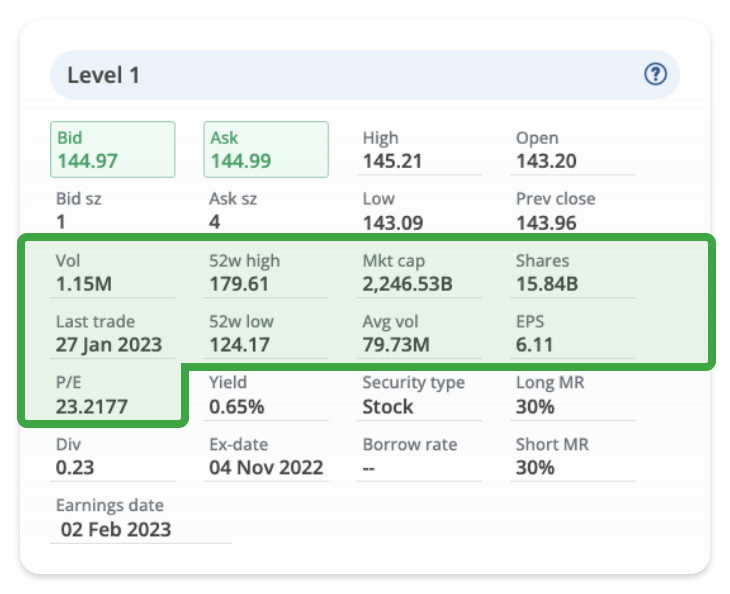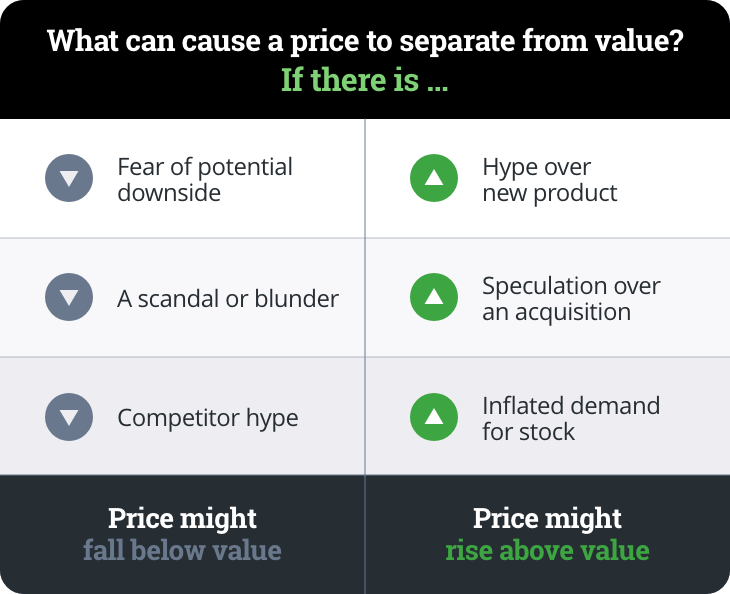The words “price” and “value” are very close in meaning, but they aren’t exactly the same: price is what you pay for something, whereas value is what it’s actually worth. Value investing is an investment strategy that looks for instances where the price of a stock doesn’t accurately reflect its value, and invests accordingly.
A value investor will seek to buy securities “at a discount” when they believe the price has fallen below the actual value, or seek to sell securities when they believe the price will be artificially inflated. Value investing is generally
used to describe an active trading approach that seeks to sell at a profit, but there’s no rule that says you can’t buy stocks that you think have
long-term value and hold them for the long-term.



